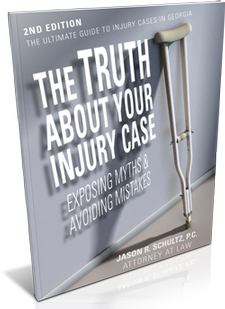Tip #3: Get Plenty of Sleep Before Driving
Sleep deprivation is common among drivers - according to the National Sleep Foundation, 60 percent of adult drivers admit they have driven a vehicle while fatigued and 37 percent have even admitted to falling asleep while driving.
Driving at dusk or after dark, when the body naturally wants to rest, can be dangerous. If possible, try to limit the amount of time you spend behind the wheel after a long day, take frequent breaks on long car trips, and stay alert for fatigued drivers in other vehicles.
Tip #4: Stay Calm and Drive the Speed Limit
Road rage is common among drivers of all ages (80 percent admitted to road rage in a recent AAA survey), especially in rush hour traffic. And according to the National Safety Council, the hours between four and seven in the afternoon are among the most dangerous for drivers. Try following these tips during after-dark and/or rush-hour traffic:
- Do not weave in and out of traffic
- Stay patient and do not speed
- Keep your eyes on the road and on other drivers, not on your cell phone
Tip #5: Share This Information with Your Family
To make sure your friends and family stay safe, share these safety tips with them and encourage them to practice good night driving habits. According to the Centers for Disease Control and Prevention, nearly one-third of all fatal car accidents involving teenagers occur at night, meaning that safe night driving practices are especially important for younger drivers.
Keep your family safe at night by getting and staying prepared for nighttime driving. If another driver causes an accident in which you or a loved one are injured, contact Jason R. Schultz, PC at 404-474-0804.


